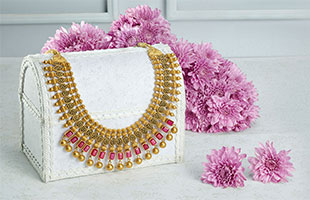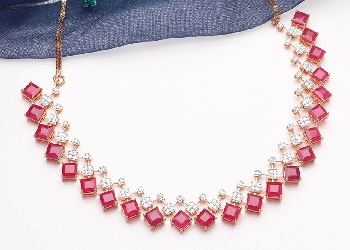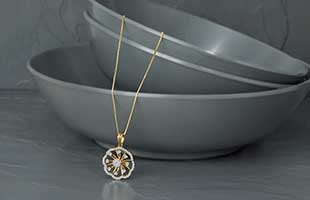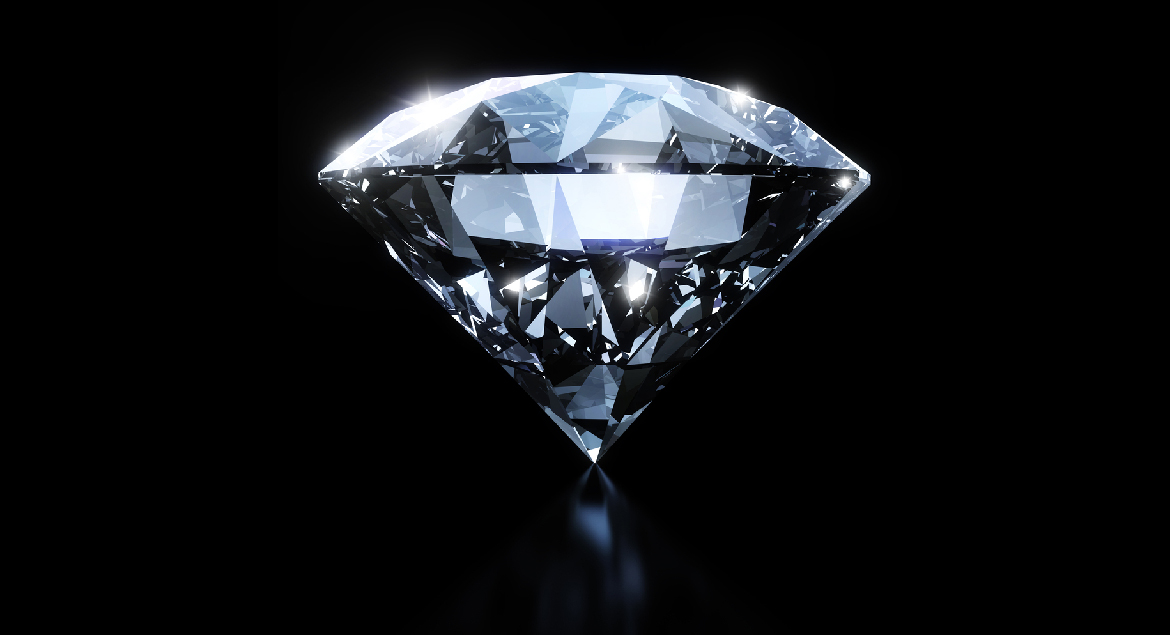Types of Pearls: A Detailed Guide
by Francis Alukkas | 31 August 2022 | PEARLPearls are among the best investments in jewelry since a lovely strand of them never goes out of style. But with so many different types and variations of pearls on the market, it might be challenging to pick the best one for you. Grey, white, pink, and blue are among the colors of pearls that are available. They are a crucial component used in contemporary jewelry designs, such as pearl necklaces.
Before you go out and buy that pearl necklace, you should first learn about the different sorts of pearls and how they differ from one another. Here is a brief and detailed description of the numerous kinds of pearls you can purchase.
Types of Pearls
Natural pearls can be found in nature. The Persian Gulf has historically been the source of the majority of natural pearls. However, most of these have been mined, making naturally occurring pearls rarer. Let's take a deeper look at the different types of pearls that can be used to embellish oneself.
Natural Pearls
The majority of jewelers rely on cultured pearls to create the newest pearl necklace designs and other pearl jewelry that is in demand today because natural pearls are uncommon and pricey. If you happen to find one, keep it safe since conchiolin and calcium carbonate are the ingredients in these pearls. Natural pearls exist in a variety of sizes and forms, but the roundest pearls are the hardest to find. Also, Read: Significance of Emerald Stone
Cultured Pearls
Cultured pearls are combined with various stones in the most recent pearl necklace designs. These pearls might be manufactured in freshwater or saltwater, and their quality isn't always guaranteed. Cultured pearls can be dyed to any color and often have a consistent size and shape. The price of pearl necklaces varies depending on the grade and rarity of the pearl and the most recent styles. Cultured pearls come in four different varieties. They are Tahitian, South Sea, Freshwater, and Akoya.
Akoya Pearls
Cultured saltwater pearls are known as Akoya pearls. The best Akoya Pearls come from Japanese farms and are most frequently seen in the most recent pearl necklace designs in shades of white and rose. They are smoother than other varieties of pearls that are offered and are completely spherical. This kind of saltwater cultured pearl is produced in Chinese and Japanese waters. They come in sizes between 2 and 10 mm. The most recent pearl necklace designs are fashioned with Akoya pearls to offer the piece an elegant and expensive look.
South Sea Pearls
South Sea pearls can be discovered in Indonesia, Australia, and the Philippines. Since they can grow bigger than other cultured pearls, they stand out from other pearls in the newest pearl necklace designs. They come in a variety of colors, from white to gold, and are big. These pearls have a delicate and rich feel and they are used to create trendy and modern pearl necklace designs. It is the largest of all pearls, with sizes ranging from 9mm to 20mm, and is available in cream, white, or golden hues. They mostly come from the Pinctada maxima oyster. Also, Read: What are Precious Metals
Tahitian Pearls
French Polynesia is where Tahitian Pearls are produced. Although they are best known for their deep, black color, they also come in white, green, and grey shades. They often fall between the sizes of 8mm and 16mm. Blue, purple, green, and grey are the natural colors of these pearls. However, they are referred to as black pearls as a whole. These pearls are made from the black lip oyster, Pinctada margaritifera. Tahitian pearls are the best choice if you're seeking the newest pearl necklace styles in deep, rich colors
Freshwater Pearls
Freshwater pearls are prevalent in China; they grow in mussels that reside in lakes and rivers. Although they come in a range of colors and shapes, these pearls are not very shiny and beautiful. They are less expensive than saltwater pearls and are used in the most recent pearl necklace designs such as multi-strand neckpieces and bracelets.
What is the Value of Pearls?
A traditional string of white pearls can cost anywhere from $100 to more than $10,000 (mainly Freshwater pearls) (Akoya and South Sea pearls). A really large South Sea pearl necklace may be worth over $100,000 because the qualities of the pearl, size, shape, and pearl colors play a significant role in the cost of the piece.
The above are the most common types of pearl varietals available on the market. Others exist, but they are not as well-known as these. Pearls may keep their value for a lifetime with the right care. The durability of the gemstone increases with quality. This implies that when you purchase pearls, you're making an investment in jewelry that you can pass down to future generations as family heirlooms.
. Previous Blog Next Blog








.jpg)
.jpg)


